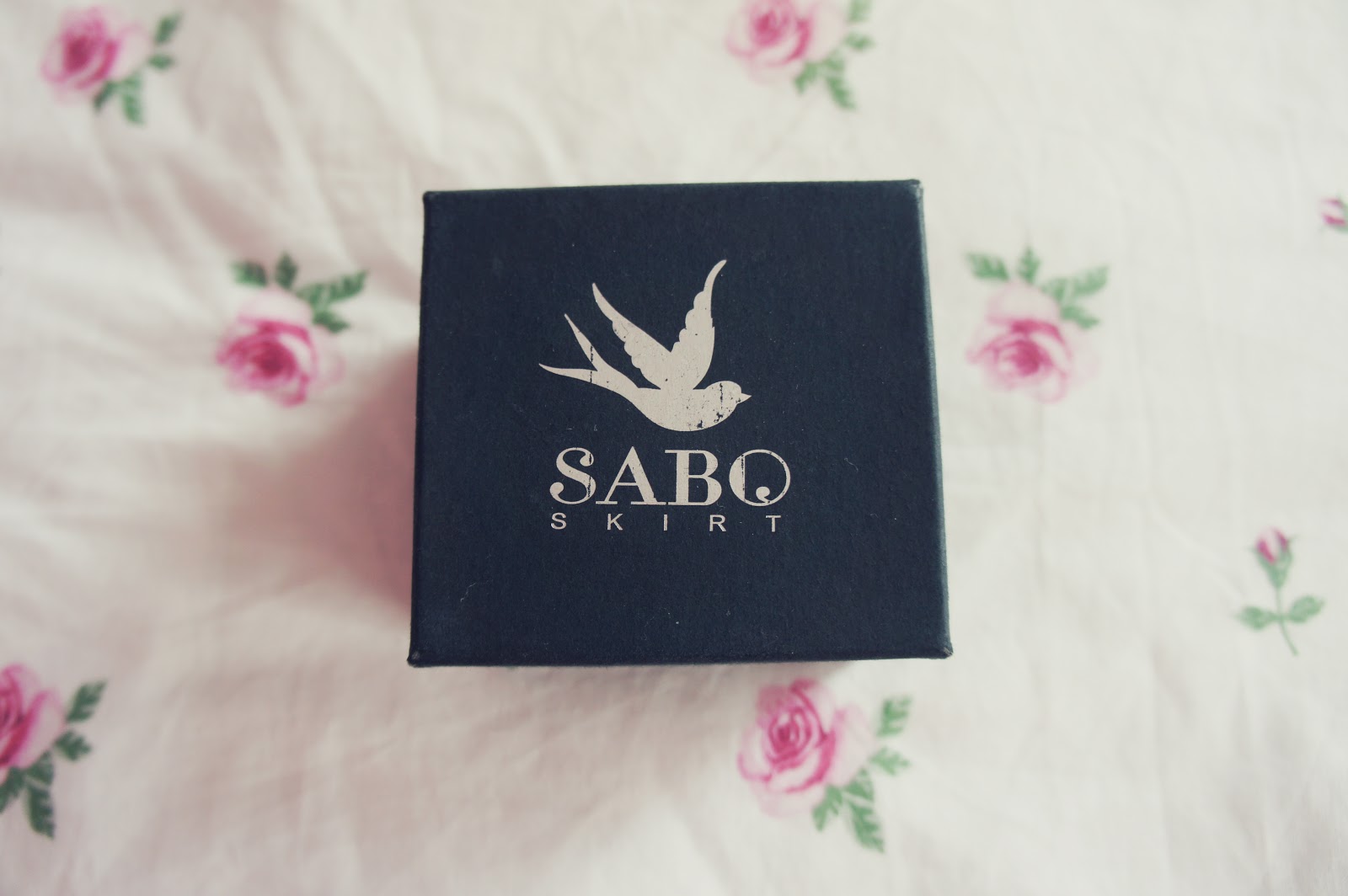
Does Calvin McDonald ring a bell? If you think he’s related to Ronald McDonald then you’re wrong, but he may be just as powerful as Ronald or even more powerful now. Calvin McDonald is the CEO of Sears Canada (ex-CEO since September) who has resigned to head the American Sephora cosmetics chain.
He is set to begin his role as CEO and president of Sephora Americas in January 2014. McDonald will be replacing David Suliteanu who has served Sephora as that position for over 10 years. He will however be promoted to chief executive of Kendo Brands, another branch of LVMH, whose speciality lies in creating new beauty brands with established leaders such as Marc Jacobs and purchasing old ones.
It is fact that Calvin McDonald will be joining Sephora; however, what does he have in mind of the cosmetic retailer? Will he further develop and advance Sephora’s IT technology? We won’t know what he has in store for the beauty retailer until he steps in the role and discloses some information of the future of the company.
The change in Sephora’s IT system seems unlikely to me due to the fact that Sephora already altered its membership system which uses IT information in the past August. Sephora added a new level to its membership system known as “VIB Rouge” which is given to customers who spend over $1000 on products in one year. A computer data base stores the number of points associated with each customer, the amount of money each member spends, the products bought, and the “status” (VIB, VIB Rouge) of each customer. These points provide incentive for the customers to buy more products and reach VIB Rouge as the discounts and number of samples are higher and at least once a year, more loyal customers as shown by the amount of money they spend in Sephora, are given opportunities to “quadruple” the amount of points they would normally receive. The downfall of these events is the crowded Sephora stores and the limited availability of some products as girls hoard their everyday staples in turn for 4 times the points.
References:
http://online.wsj.com/news/articles/SB10001424052702304069604579155980331685174
http://www.examiner.com/article/sephora-beauty-insider-revamped-vip-rouge-for-loyal-customers




 As you walk from class to class or around campus, have you ever encountered girls wearing the same military-like jacket, perhaps in a green or darker colour? Or identical jackets with the same triple hoop-like logo? The answer is probably yes and if you’re from Canada, you probably know where these articles of clothing originate from. Aritzia, that’s right.
As you walk from class to class or around campus, have you ever encountered girls wearing the same military-like jacket, perhaps in a green or darker colour? Or identical jackets with the same triple hoop-like logo? The answer is probably yes and if you’re from Canada, you probably know where these articles of clothing originate from. Aritzia, that’s right.